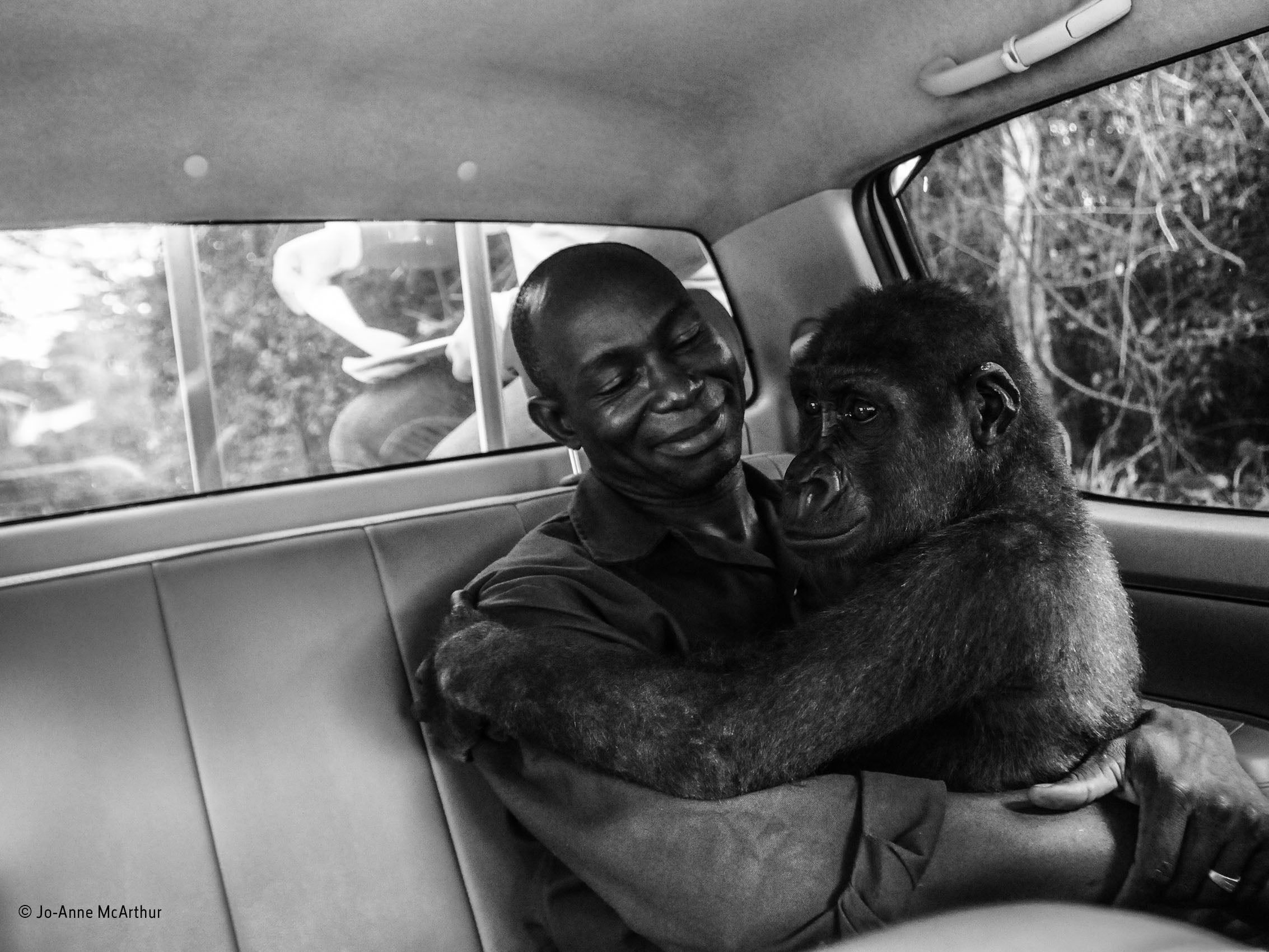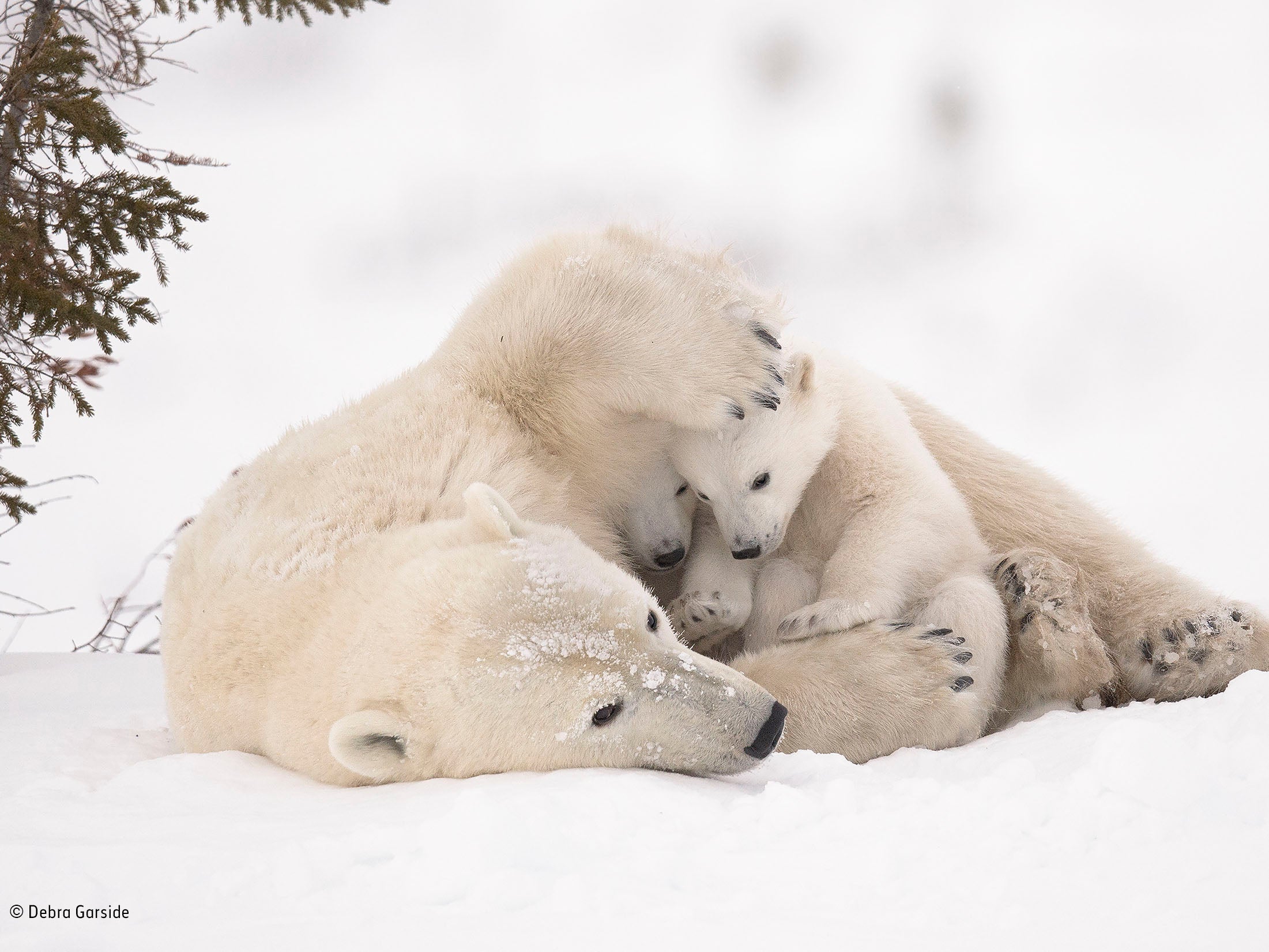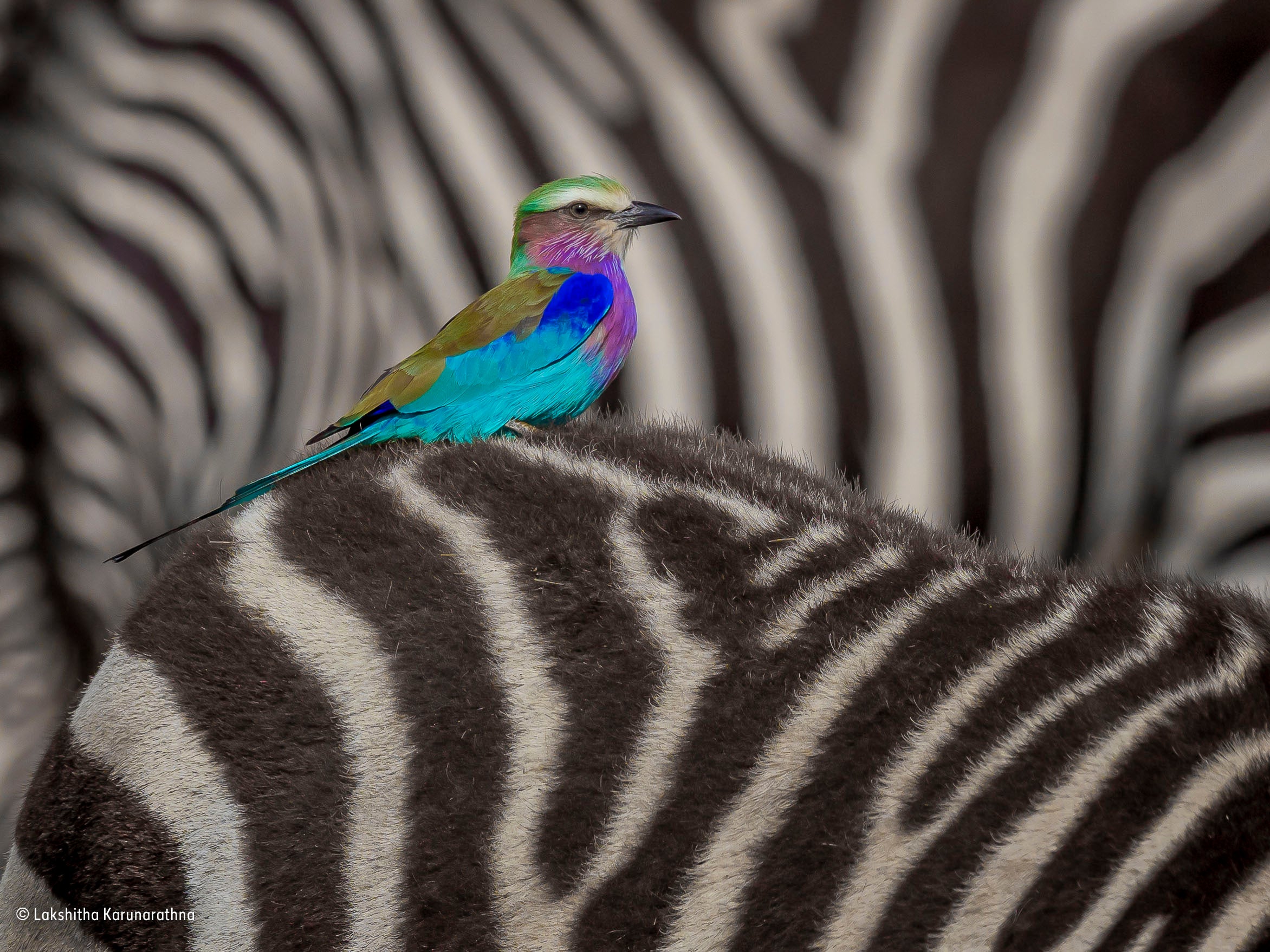Wildlife Photographer of the Year: Baby gorilla hugging man who saved her from bushmeat market wins top prize
‘I’m so thankful that this image resonated with people and I hope it might inspire us all to care a little bit more about animals,’ says winning photographer Jo-Anne McArthur

Your support helps us to tell the story
From reproductive rights to climate change to Big Tech, The Independent is on the ground when the story is developing. Whether it's investigating the financials of Elon Musk's pro-Trump PAC or producing our latest documentary, 'The A Word', which shines a light on the American women fighting for reproductive rights, we know how important it is to parse out the facts from the messaging.
At such a critical moment in US history, we need reporters on the ground. Your donation allows us to keep sending journalists to speak to both sides of the story.
The Independent is trusted by Americans across the entire political spectrum. And unlike many other quality news outlets, we choose not to lock Americans out of our reporting and analysis with paywalls. We believe quality journalism should be available to everyone, paid for by those who can afford it.
Your support makes all the difference.A poignant photograph of a young gorilla in the arms of the man who saved her from a bushmeat market has won the Wildlife Photographer of the Year People’s Choice Award.
The image, taken by Canadian photographer Jo-Anne McArthur, shows Pikin, a lowland gorilla being moved from the safe forest sanctuary she was taken to after her rescue in Cameroon, to a new, larger one.
Ahead of the move Pikin was sedated but during the journey she awoke. Fortunately she was still drowsy, and her rescuer, Appolinaire Ndohoudou, of Ape Action Africa, was close at hand so she remained calm for the duration of the bumpy journey.
The arresting image won a public vote from a shortlist of 24 photographs drawn from a total of over 50,000 entries for the 2017 competition.

Ms Mcarthur said: “I’m so thankful that this image resonated with people and I hope it might inspire us all to care a little bit more about animals.
“No act of compassion towards them is ever too small. I regularly document the cruelties animals endure at our hands, but sometimes I bear witness to stories of rescue, hope and redemption. Such is the case with the story of Pikin and Appolinaire, a beautiful moment between friends.”

Poaching of primates is rife in Cameroon, with bushmeat being sold for internal consumption and for external markets.
Supply and demand in the country reportedly remains steady, despite warnings from health officials that the trade and consumption of bushmeat increases the risk of Ebola.
According to the US Centre for Disease Control and Protection (CDC), in Africa human infections have been associated with hunting, butchering and processing meat from infected animals.
Despite the warnings, a recent Al Jazeera investigation revealed bushmeat is on almost every restaurant menu across Cameroon and is often served at government functions.
The appetite for bushmeat means young apes are often left orphaned, and will either die in the wild, or are easily captured and then sold as pets.
Rescued animals then become habituated to humans, meaning they cannot be released into the wild and instead are protected in large sanctuaries.
Mr Ndohoudou, Pikin’s caretaker, fled to Cameroon from Chad to escape the country’s civil war. According to the Natural History Museum, he rebuilt his life working for Ape Action and helping to protect wild animals. He has built close bonds with the gorillas he has cared for, with many who he has known for their entire lives.
The Wildlife Photographer of the Year exhibition is open at the Natural History Museum until 28 May
Create a FREE account today
Registration is a free and easy way to support our truly independent journalism
By registering, you will also enjoy access to The Independent app, exclusive newsletters, commenting, and virtual events with our leading journalists.
By clicking ‘Create my account’ you confirm that your data has been entered correctly and you have read and agree to our Terms of use, Cookie policy and Privacy policy.
This site is protected by reCAPTCHA and the Google Privacy policy and Terms of service apply.
Already have an account?
By clicking ‘Register’ you confirm that your data has been entered correctly and you have read and agree to our Terms of use, Cookie policy and Privacy policy.
This site is protected by reCAPTCHA and the Google Privacy policy and Terms of service apply.
By clicking ‘Register’ you confirm that your data has been entered correctly and you have read and agree to our Terms of use, Cookie policy and Privacy policy.
This site is protected by reCAPTCHA and the Google Privacy policy and Terms of service apply.
Join our commenting forum
Join thought-provoking conversations, follow other Independent readers and see their replies
0Comments